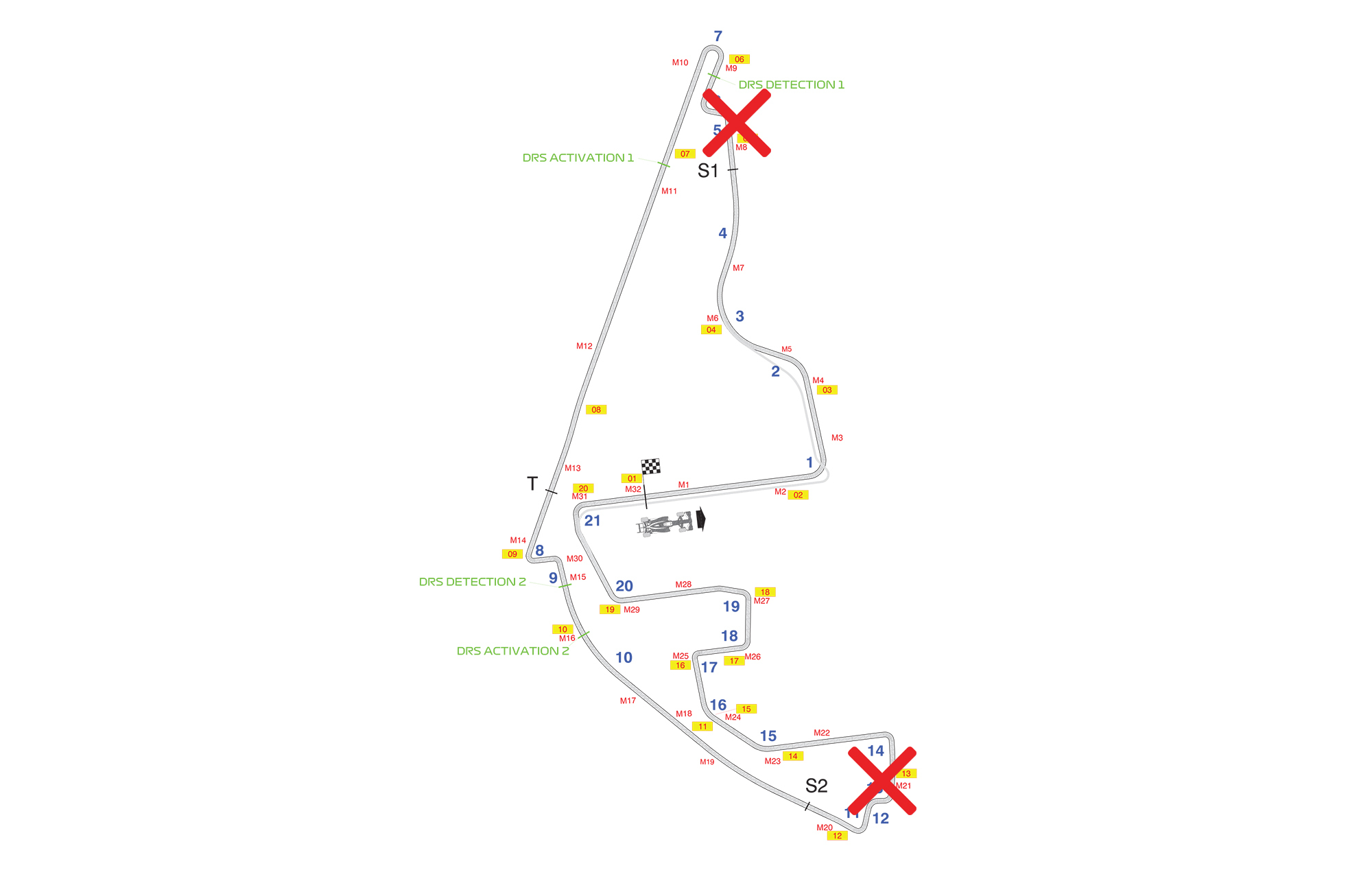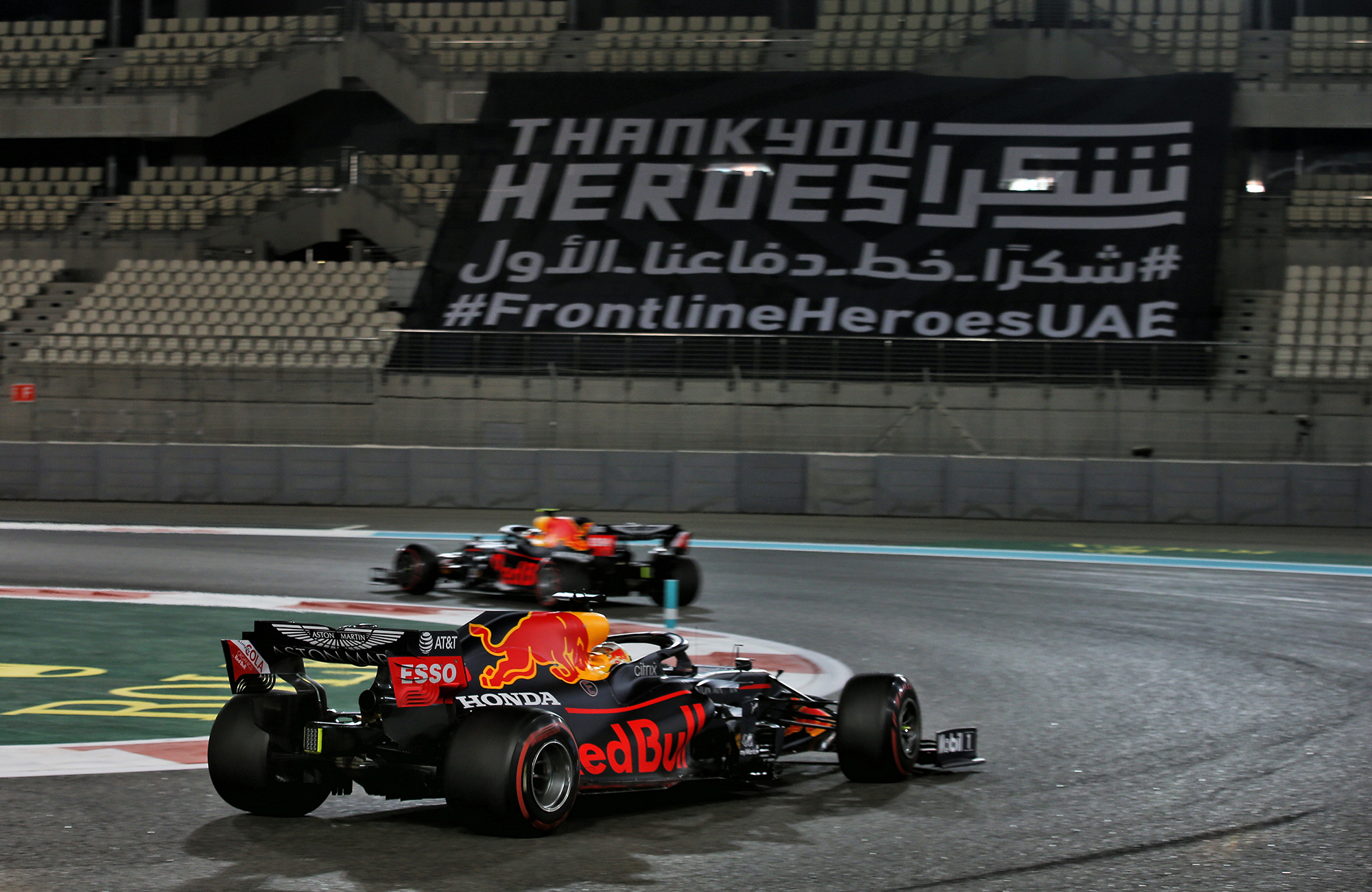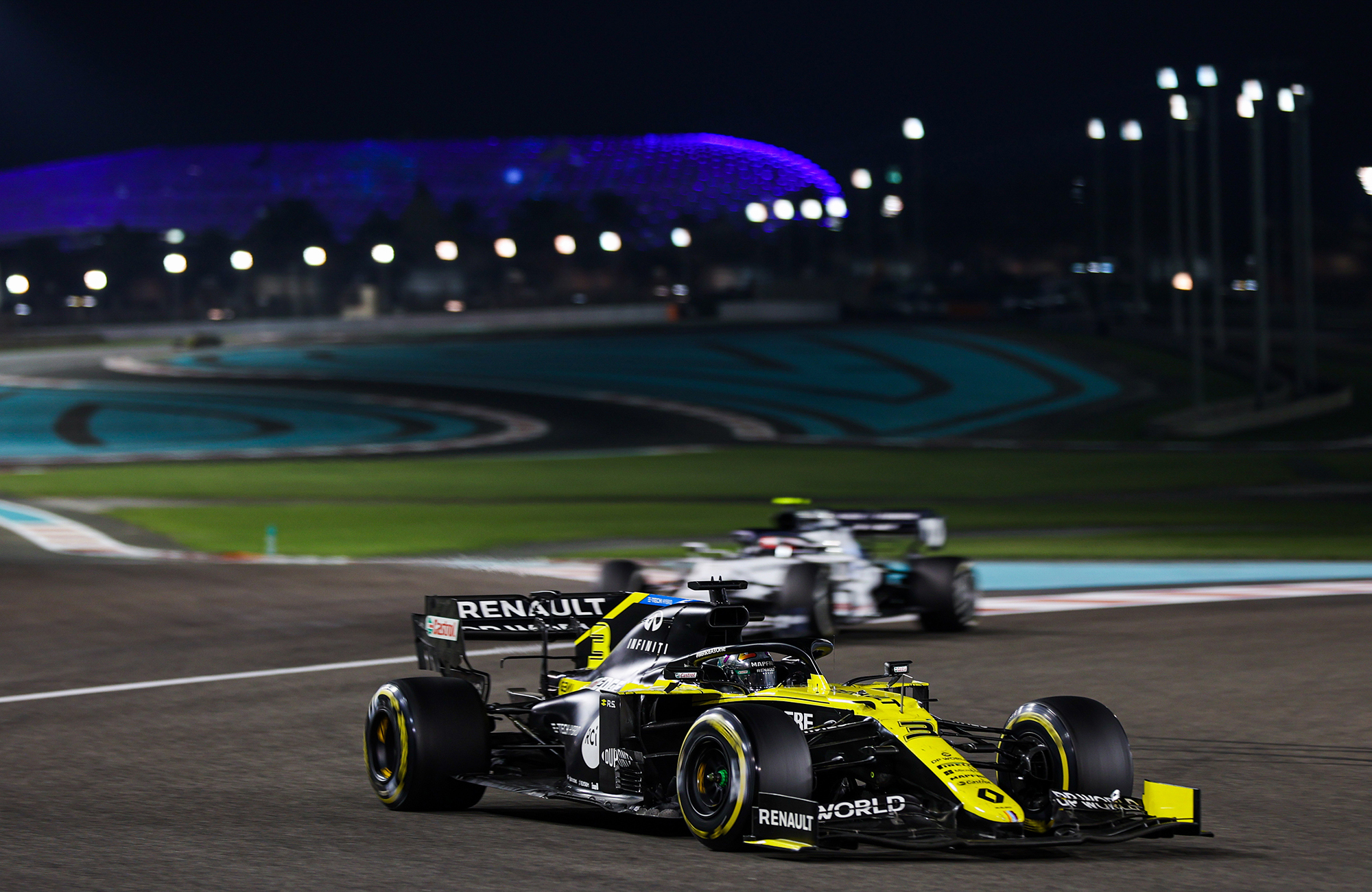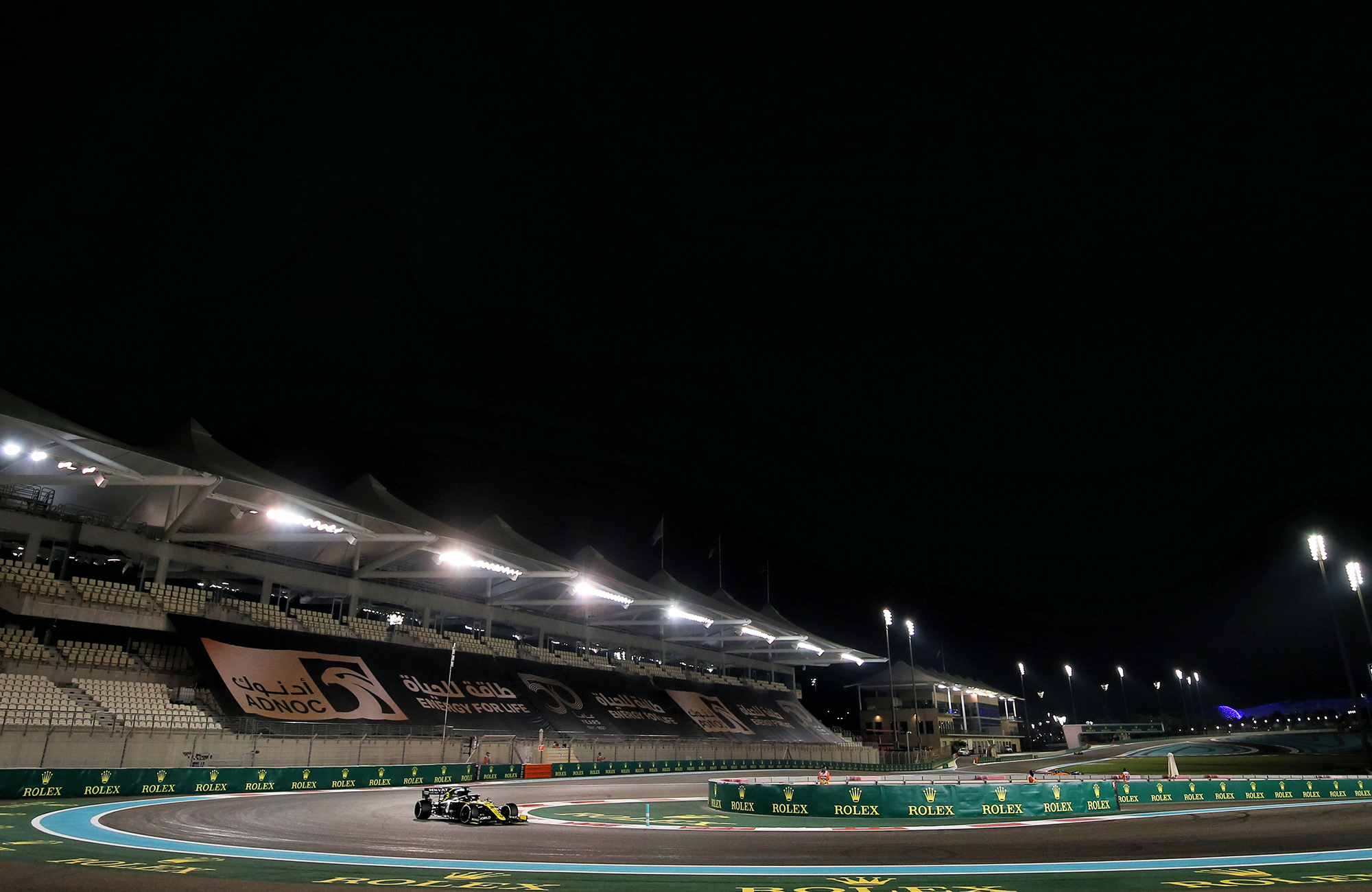Up Next

The Abu Dhabi Grand Prix circuit is set to change for the 2021 Formula 1 season finale, with two major revisions to the layout the main focus to improve racing.
Abu Dhabi’s Yas Marina circuit has routinely been criticised since it was first added to the F1 calendar in 2009.
The slow final sector with a sequence of 90-degree corners make it difficult for the current generation of F1 cars to follow, plenty of run-off means drivers are not punished for mistakes, and the long back straights are often underutilised for slipstreaming.
Scrutiny of the layout has only intensified during Abu Dhabi’s run as the final round of the season, a spot it has occupied every year since 2014.
Last year, Red Bull driver Max Verstappen took a lights-to-flag win unchallenged while there was precious little overtaking throughout the field beyond offset strategies.
It prompted yet more calls for a potential layout change, which has finally been agreed by circuit bosses and is due to be incorporated for the 2021 race.
The Race understands that the intention is for the track to sweep down towards the first hairpin uninterrupted by the slow chicane.

In addition, the hairpin will also be reprofiled to be taken at a slightly higher speed.
It’s possible that the higher approach speed will still make the hairpin a potential overtaking spot but the idea behind the reprofiling is to make it better for cars to follow down the first of the two back straights.
Drivers struggle to take advantage of the two long back straights and big braking points, partly because they can’t get close enough to utilise the tow but also because the speed off of the hairpin has been too slow.
It means a chasing car does not get the benefit of the tow until too far down the straight.

Without the slow chicane and aided by a higher-speed hairpin, drivers should be able to stay slightly closer onto the back straight and benefit from a more powerful slipstream sooner as well.
Further round the lap, another hairpin is set to be incorporated.
Presently, at the end of the second of the two straights, there is a slow left-right-left complex and a short burst to a 90-degree left-hander.
This is due to be cut out entirely and replaced by a sweeping horseshoe-style left corner, after which the track leads up to the fast double right that precedes the tight right-hander kicking off the complex that runs around the hotel.

It is possible that this section will also be tweaked to make the second left, which leads to the penultimate corner, slightly faster and easier to follow through.
Eradicating some of the circuit’s slowest corners is a sensible move, especially losing the first chicane.
They are disruptive, traction-limited sequences that make it difficult for drivers to follow and do little for the quality of racing.

Combining that with specific changes that help sequences of corners work together – the hairpin and the two back straights, for example – is a logical approach.
If they work as intended F1 may finally make this a track more worthy of hosting the finale.
At the very least it should shift it from being a track that produces unfailingly underwhelming races.



